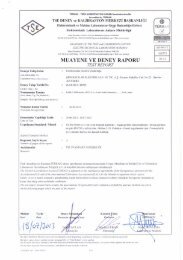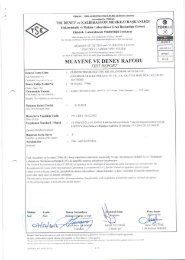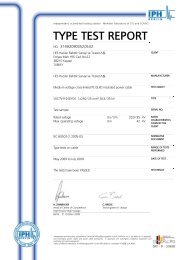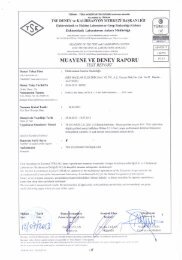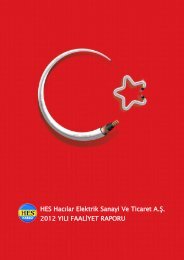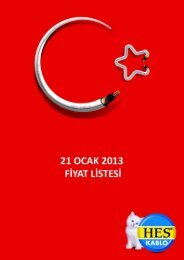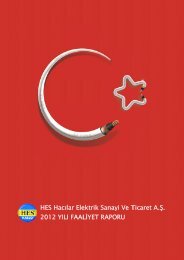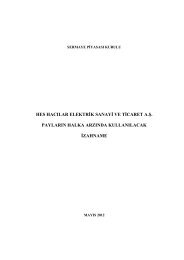D R A F T
D R A F T
D R A F T
You also want an ePaper? Increase the reach of your titles
YUMPU automatically turns print PDFs into web optimized ePapers that Google loves.
This is an unapproved Kinectrics International Draft Report, subject to change<br />
Step<br />
Whole Conductor RTS=<br />
20,357 kgf<br />
Whole Conductor<br />
Elongation, mm kgf lbs<br />
Hold<br />
(minutes)<br />
preload 0 407 898<br />
1 11.79 - - 30<br />
2 - 407 898 1<br />
3 21.78 - - 60<br />
4 - 407 898 1<br />
5 35.95 - - 60<br />
6 - 407 898 1<br />
7 51.49 - - 60<br />
8 - 407 898 1<br />
The completion of Step 8 of the above loading schedule constituted the completion of the<br />
Stress-Strain Test.<br />
5.0 TEST RESULTS<br />
The strain data for the conductor and core have been corrected because the elongation<br />
measurement was taken to be zero at the preload. Using a straight-line regression of the stressstrain<br />
data while loading up to 30% RTS it was calculated that the corrected strain at preload was<br />
+0.0032% for the conductor and +0.0291% for the steel core. After accounting for these<br />
corrections, the data was extrapolated to the Y-axis to zero. The corrected data was the actual<br />
conductor’s behaviour because the conductor will have zero elongation only when it is under zero<br />
tension.<br />
Figures 3a and 3b show load (i.e. tension) plotted against all strain data for the whole conductor<br />
and steel core, respectively.<br />
Figures 4a and 4b show stress plotted against strain (%) for only those points that contribute to the<br />
stress-strain curve for the whole conductor and steel core, respectively.<br />
DRAFT<br />
Figure 5 shows the stress-strain curve for the PHEASANT ACSR conductor showing the plots for<br />
the whole conductor, the aluminium layers, and the steel core.<br />
The area of the conductor was 726.79 mm 2 according to the cable data sheet, included in<br />
Appendix A.<br />
The stress-strain curve for the aluminium layers is calculated by subtracting corresponding data<br />
points of the steel core from the whole conductor.<br />
The Modulus of Elasticity (MOE) of the conductor can be determined from the Stress-Strain<br />
curve. The MOE is the slope of the unloading segment of the 85% RTS curve. The MOE for<br />
the conductor is approximately 72,973 MPa.<br />
Similarly, the MOE of the steel core can also be determined from the unloading curve on the<br />
core only Stress-Strain curve. The MOE for the steel core (based on the area of the steel core<br />
only) is approximately 187,471 MPa. The MOE for the steel core (based on the area of the<br />
whole conductor) is approximately 21,077 MPa.<br />
Page 4 of 20 K-419148-RC-0002-R00



